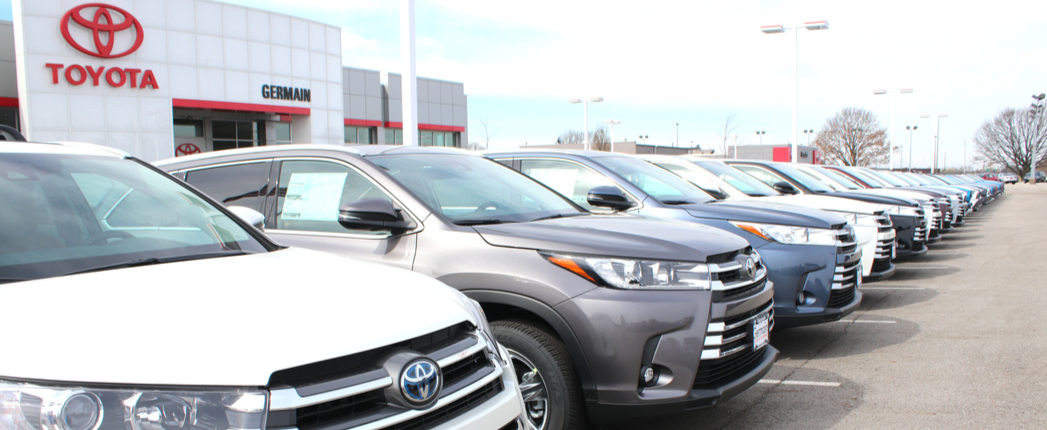
Sales of new light vehicles in the United States slipped 3% to 14.9 million units in 2021, as several factors, including the COVID-19 pandemic and global microchip shortages, had an impact on inventory, according to organizations and companies that track data from U.S. automobile dealers and original equipment manufacturers.
New-vehicle inventory levels in the United States totaled 1.1 million units at the end of December, a steep 59% drop from 2.8 million units in the same month the previous year, though up 7% from the end of November, according to the National Automotive Dealers Association.
“The coronavirus pandemic and resulting microchip shortage and production cuts significantly constrained new-car and truck inventory at dealerships across the country,” NADA’s chief economist, Patrick Manzi, said in a news release. “Constraints further led to suppressed new-vehicle sales, as well as used-vehicle inventory shortages and increased vehicle prices.”
Cox Automotive echoed the point, noting in a press release, “We believe consumer demand held up throughout the year, but inventory did not.”
The company explained that according to its vAuto Available Inventory data, industry days’ supply was more than 70 in the early weeks of 2021 but then dropped to near 30 in the fourth quarter. The active supply of new vehicles was well over 2.5 million in January in the United States, but had fallen below 1 million by December. “These numbers drove the sales results and taught automakers and dealers alike new lessons in inventory management,” Cox noted.
Although some improvement is expected in the global microchip shortage situation, that is expected to take some time. “While microchip shortages, one of the cases for diminished inventory, are slowly improving, shortages are expected to last through at least the second quarter of 2022,” NADA cautioned. “Auto Forecast Solutions expects that 11.3 million vehicles will not be produced globally as a result of the chip shortage.”
Alternative fuel powertrains accounted for 10% of all new-vehicle sales in 2021, the association said. Hybrid powertrain vehicle sales accounted for 5%, up from 3% in 2020, while plug-in hybrid vehicle sales made up 1%, an increase from 0.5%. Battery electric vehicles’ share climbed to 3%, rising from 2%.
For consumers, inflation remains a major concern, NADA pointed out, noting that inflation hit a 6.8% year-over-year mark in November as measured by the Consumer Price Index. “This increase marks the steepest 12-month increase since 1982, with indexes for gasoline, shelter, food, used vehicles and new vehicles among the largest contributors,” the association said. “Price levels are expected to remain elevated through at least the second quarter of 2022.”
Looking forward, the association expressed optimism, anticipating new-vehicle sales of 15.4 million units, an increase of 3% from 2021. This is due in part to expected improvements in the vehicle production and microchip situations. “We expect employment at franchised new-car dealerships to return closer to pre-pandemic levels as new vehicle production picks up and the microchip shortage slowly dissipates,” Manzi said. “Furthermore, pent-up demand continues to build, which should help push sales rates closer to pre-pandemic levels once the chip shortage is behind us.” For more coverage of electric vehicles and their impact on lubricants, subscribe to Lubes’n’Greases’ Electric Vehicles InSite.